Hill and Homestead Preservation
A year after Bill’s death, the City of Missoula purchased the Homestead and adjacent hillsides as open space in 1996. The old claim shack, barn, and other outbuildings lay fallow, the apple trees wild and overgrown. A year later, Northside resident Caitlin DeSilvey joined a group gleaning apples from the old trees up at the Homestead. She became curious about the old ranch, so close to town, yet tucked away behind the hills.
DeSilvey received permission from the City of Missoula to access the buildings on the site and began archiving the materials she found, which was no small task in a place where almost nothing—no scrap of paper, no piece of hardware—had been thrown away. She worked with historian Ann Emmons to reconstruct the history of the Moon and Randolph families from materials found on site paired with outside research resulting in the chapbook, Butterflies and Railroad Ties.
In 1998, DeSilvey and a group of concerned citizens from the North Missoula Community Development Corporation formed the Hill and Homestead Preservation Coalition to campaign to preserve the historic Homestead site and its adjacent hillsides as a place to explore our collective, local natural and human histories.
In 1889 Ray and Luella Moon constructed this cabin to serve as their primary residence as they planted an orchard and gained title to the land under Homestead Act. In later years, the Randolph family repurposed the cabin into a bunkhouse, a tool shed, and a blacksmith shop. In 2003, the cabin was rehabilitated in a community effort. It now houses the Moon-Randolph Homestead Archives.
Missoula's Public Homestead
Caitlin and her sister Sarah DeSilvey were the among many caretakers who work tirelessly to maintain the orchard and garden and who raise livestock in the old pastures. Caretakers also host Saturday tours, as well as many volunteers, workshops, and fundraiser events, including the “Prune the Moon” and the “Fall Gathering.”
Today, the Homestead is managed through a cooperative agreement between City of Missoula Parks and Recreation and the North Missoula Community Development Corporation, who work closely with the City of Missoula's Historic Preservation Office. In 2010, the site was listed on the National Register of Historic Places as the Randolph Ranch National Historic District.
In 2015, the Missoula City Council approved an updated Strategic Plan to guide the site through 2024. Rather than capturing a single day in the life of the Moon or Randolph families, the Strategic Plan recognizes that the Homestead demonstrates a continuum of history, where vegetation, buildings and artifacts have been repurposed over the years as human uses have changed. The site is currently managed to evoke that change overtime, while also drawing out among visitors a sense of curiosity; an appreciation for creativity, ingenuity, and reuse; as well as an understanding of nature’s capacity to reclaim.
The Strategic Plan will be updated in 2024 to guide the site through the next decade. Please contact the Caretakers at moonrandolph@gmail.com, if you’d like to be involved in this planning process.
References and to learn more:
City of Missoula. (2015, May 4th). Moon-Randolph Strategic Plan Update: 2015-2024.
City of Missoula. (2018). Moon-Randolph Homestead. City of Missoula Parks and Recreation Open Space.
City of Missoula. (2021). Historic Preservation.
DeSilvey, Caitlin. (2002). Butterflies and Railroad Ties: A History of a Montana Homestead, 2nd Ed. Missoula, MT: Hill Homestead Preservation Coalition, North Missoula Community Development Corporation.
DeSilvey, Caitlin. (2017). Curated Decay: Heritage Beyond Saving. Minneapolis: University of Minnesota Press.
Five Valleys Land Trust. (2021). Moon-Randolph Homestead. FVLT Project.
National Park Service. (2010). Moon-Randolph Ranch. National Register of Historic Places.
North Missoula Community Development Corporation. (2021). Moon-Randolph Homestead. NMCDC Programs.


